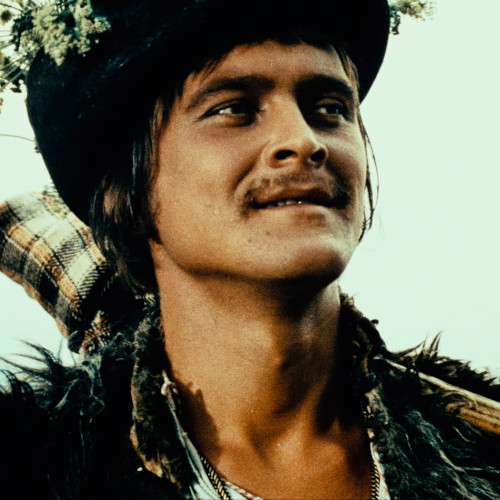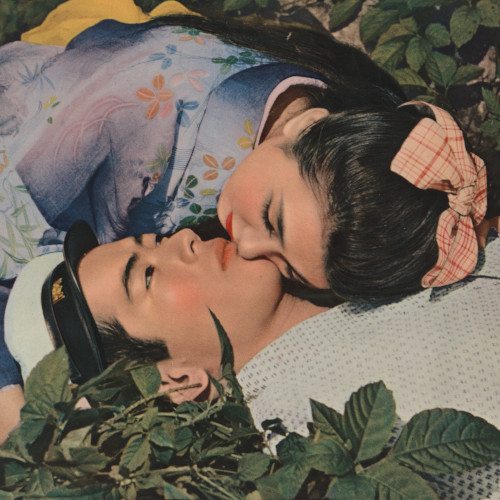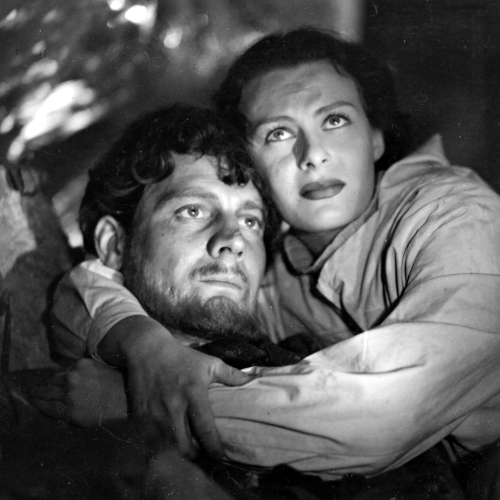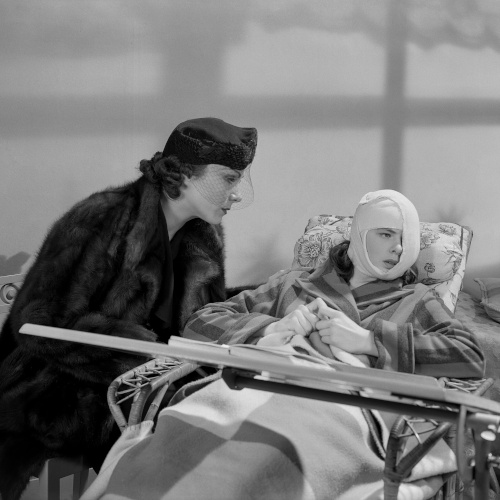PARAJANOV 1954-1966: A UKRAINIAN RHAPSODY
For a filmmaker associated primarily with the South Caucasus, Sergei Parajanov made most of his films in Ukraine. After graduating from VGIK in Moscow, he became an employee of Dovzhenko Film Studio in Kyiv. While in later life, he was prone to rubbishing his filmography up until Shadows of Forgotten Ancestors, the four features and three documentaries that preceded it present a very different but no less fascinating director. Bringing together a new restoration of Shadows of Forgotten Ancestors, scans from the Dovchenko Centre’s original camera negatives and rare 35mm archival prints, this program traces Parajanov’s creative evolution as a filmmaker and celebrates the filmmaker’s centennial.
Curated by Olena Honcharuk and Daniel Bird, in collaboration with Cecilia Cenciarelli








